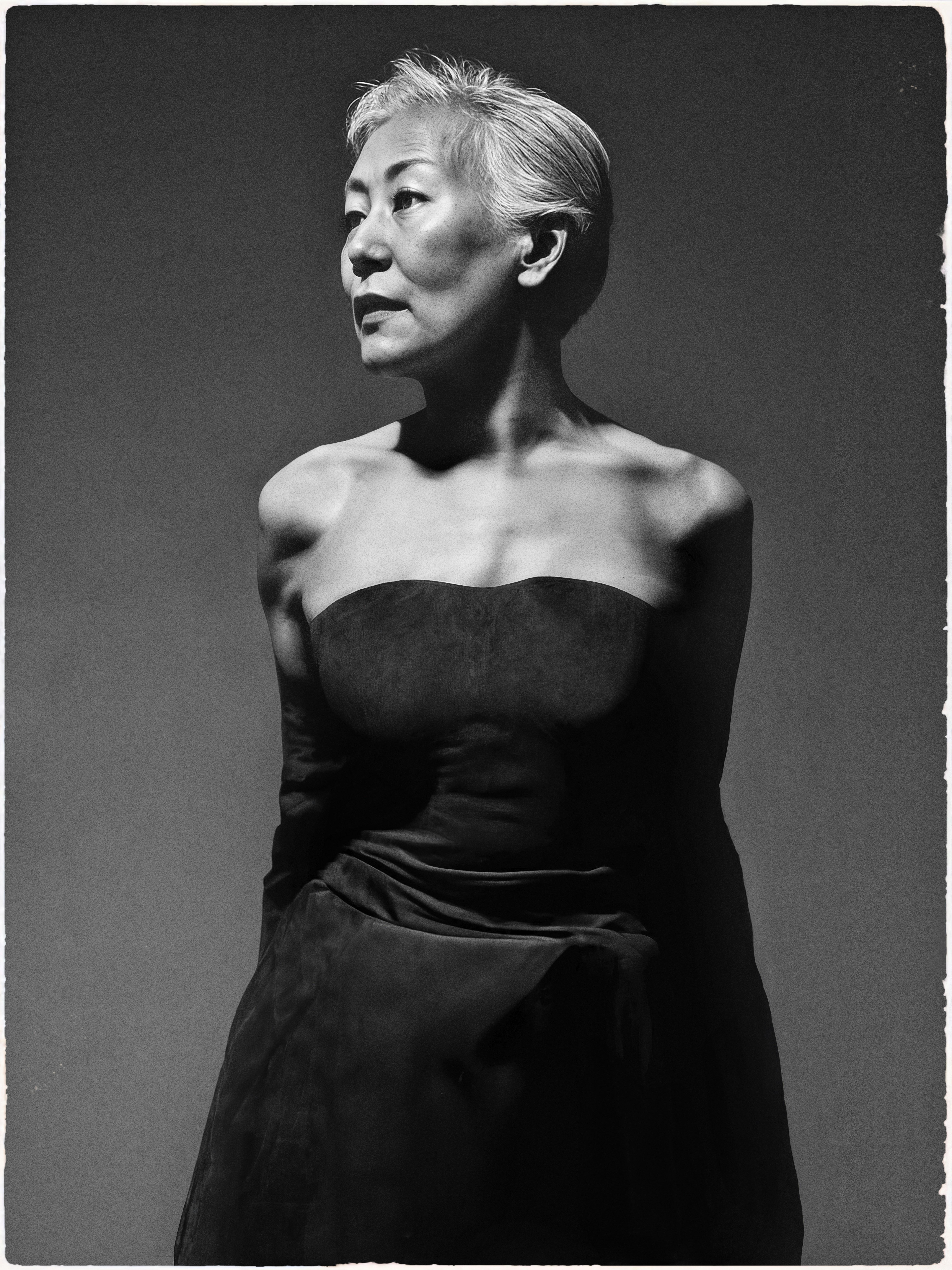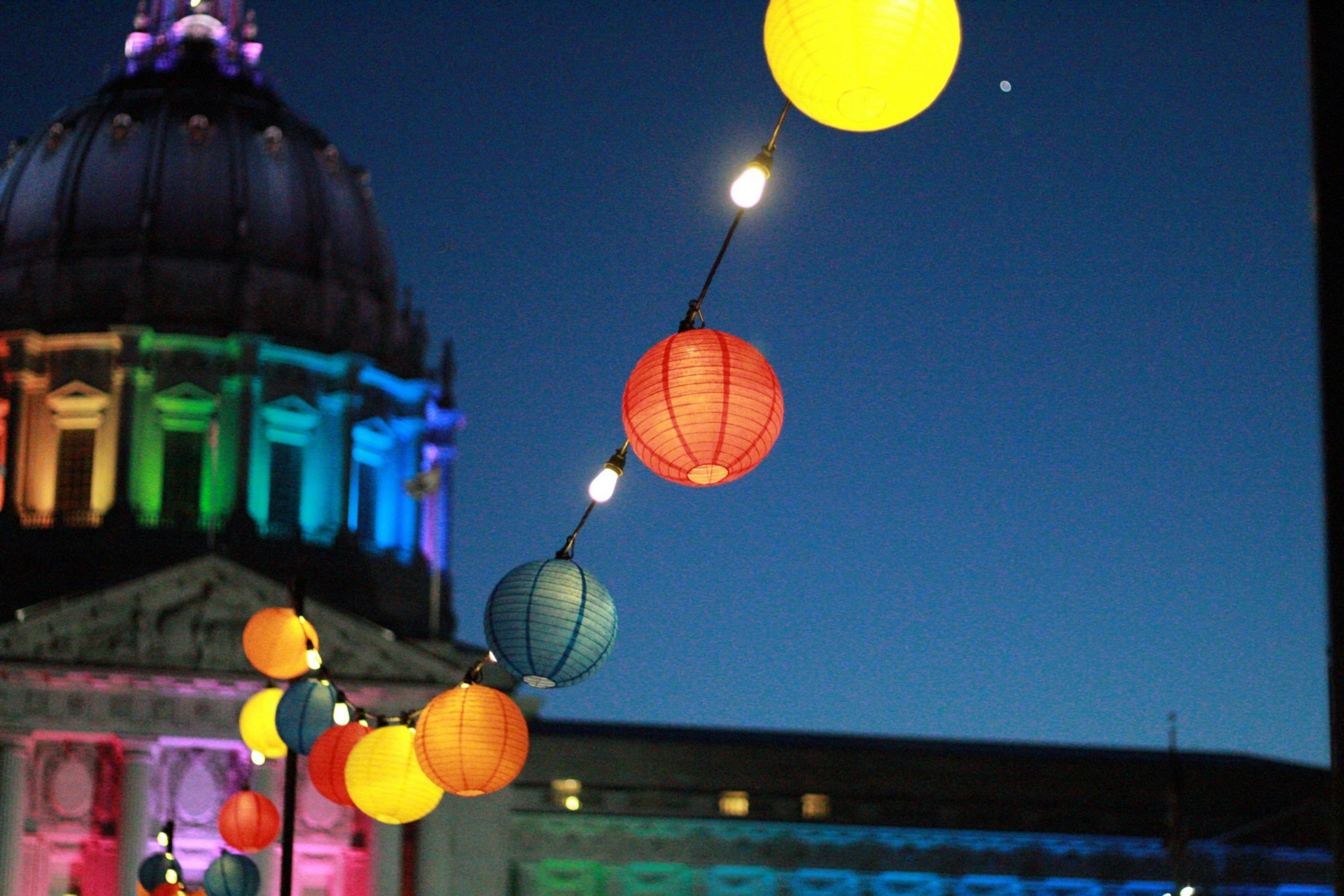In recent years, the spotlight on diversity and representation in award nominations has intensified, sparking a robust dialogue across the entertainment industry and beyond. This heightened focus aims to address historical imbalances and promote inclusivity, ensuring that a broader spectrum of voices and stories receive recognition. However, this shift has also prompted a critical examination of its impact on artistic merit. Are efforts to diversify award nominations inadvertently overshadowing the emphasis on excellence and innovation in art? This article delves into the complex interplay between representation and artistic merit, exploring whether these objectives are in conflict or if they can coexist to enrich the cultural landscape. Through an analytical lens, we will assess the arguments from various stakeholders, examining how this evolving narrative shapes the future of artistic recognition. Diversity and Artistic Excellence“>
Diversity and Artistic Excellence“>
Evaluating the Balance Between Diversity and Artistic Excellence
As the landscape of the entertainment industry evolves, the balance between fostering diversity and maintaining artistic excellence becomes a focal point of debate. Award nominations often serve as a reflection of societal values, prompting questions about whether the push for representation inadvertently sidelines merit. While the drive for inclusivity aims to ensure a broader spectrum of voices is heard, some argue that it may lead to a compromise in recognizing pure artistic achievement. This tension raises important considerations about the criteria used in the selection process and whether it adequately captures the complexity of art in its myriad forms.
- Artistic Excellence: How do we define it, and who gets to decide?
- Diversity Goals: Are they in conflict with or complementary to artistic quality?
- Selection Process: Does it need to evolve to better balance these elements?
The intersection of diversity and artistic merit isn’t a zero-sum game. Instead, it presents an opportunity to redefine what constitutes excellence in a manner that is inclusive yet discerning. By examining the structures and biases inherent in award systems, we can aspire to create a framework that celebrates both the depth of talent and the richness of varied perspectives.
Analyzing Trends in Award Nomination Criteria
In recent years, there has been a noticeable shift in the criteria used for award nominations, reflecting broader societal changes. This shift is particularly evident in the increased emphasis on representation. Diversity and inclusion have become critical factors, aiming to address historical imbalances and give voice to underrepresented groups. While these efforts are commendable and necessary, they have sparked debates about whether this focus might inadvertently overshadow other aspects such as artistic merit and originality. The challenge lies in balancing these priorities to ensure that awards not only celebrate diverse stories and voices but also maintain high standards of artistic excellence.
Critics argue that prioritizing representation can lead to a form of tokenism, where works are nominated primarily for their diversity credentials rather than their artistic quality. On the other hand, supporters contend that expanding the scope of what is considered award-worthy enriches the cultural landscape and introduces audiences to a wider array of perspectives. This evolving landscape raises essential questions for the future of award nominations:
- How can award bodies ensure a fair evaluation that equally weighs representation and artistic merit?
- What criteria should be prioritized to reflect both societal progress and artistic innovation?
- Is there a need for new categories that specifically recognize achievements in diversity and inclusion?
 Representation on Artistic Standards”>
Representation on Artistic Standards”>
Understanding the Impact of Representation on Artistic Standards
In the realm of artistic recognition, particularly in award nominations, the emphasis on representation is reshaping the traditional understanding of artistic standards. While some argue that this focus may dilute artistic merit, others see it as an essential step towards inclusivity and diversity. Artistic standards have long been defined by a narrow set of criteria, often privileging certain narratives, techniques, or cultural perspectives over others. However, as the call for more diverse representation grows, these standards are being reevaluated to embrace a broader spectrum of voices and experiences.
- Broadened Perspectives: The inclusion of diverse voices can enrich the cultural tapestry, offering fresh perspectives that challenge conventional norms.
- Potential for Innovation: By diversifying the pool of nominees, new artistic expressions and innovations can emerge, pushing the boundaries of what is considered exemplary art.
- Cultural Relevance: Representation ensures that art reflects the society it stems from, making it more relevant and resonant with a wider audience.
Yet, the question remains: does this shift come at the expense of traditional artistic merit? Critics may argue that in the quest for diversity, the core qualities that define exceptional art could be overshadowed. However, this evolving landscape offers an opportunity to redefine what constitutes artistic excellence, allowing it to be more inclusive and representative of the varied human experience.

Recommendations for Harmonizing Inclusion with Merit-Based Recognition
To effectively balance inclusion with merit-based recognition, it is crucial to develop a comprehensive framework that values both diversity and excellence. Cultural representation should be viewed as an asset that enriches the artistic landscape rather than a compromise on quality. Transparent criteria for awards should be established, ensuring that both artistic merit and diverse perspectives are equally celebrated. By doing so, we can foster a more inclusive environment without sacrificing the integrity of artistic achievements.
- Adopt blind evaluation processes: Implement systems that evaluate work without revealing the creator’s identity, ensuring that judgments are based solely on merit.
- Encourage diverse panels: Assemble award committees that reflect a wide range of backgrounds and experiences to offer a holistic view of artistic excellence.
- Provide mentorship programs: Support underrepresented artists through mentorship, helping them to refine their craft and gain visibility in competitive arenas.
Ultimately, the goal should be to create a cultural ecosystem where diversity and merit coexist, each enhancing the other, thereby producing a richer and more varied tapestry of artistic expression.
